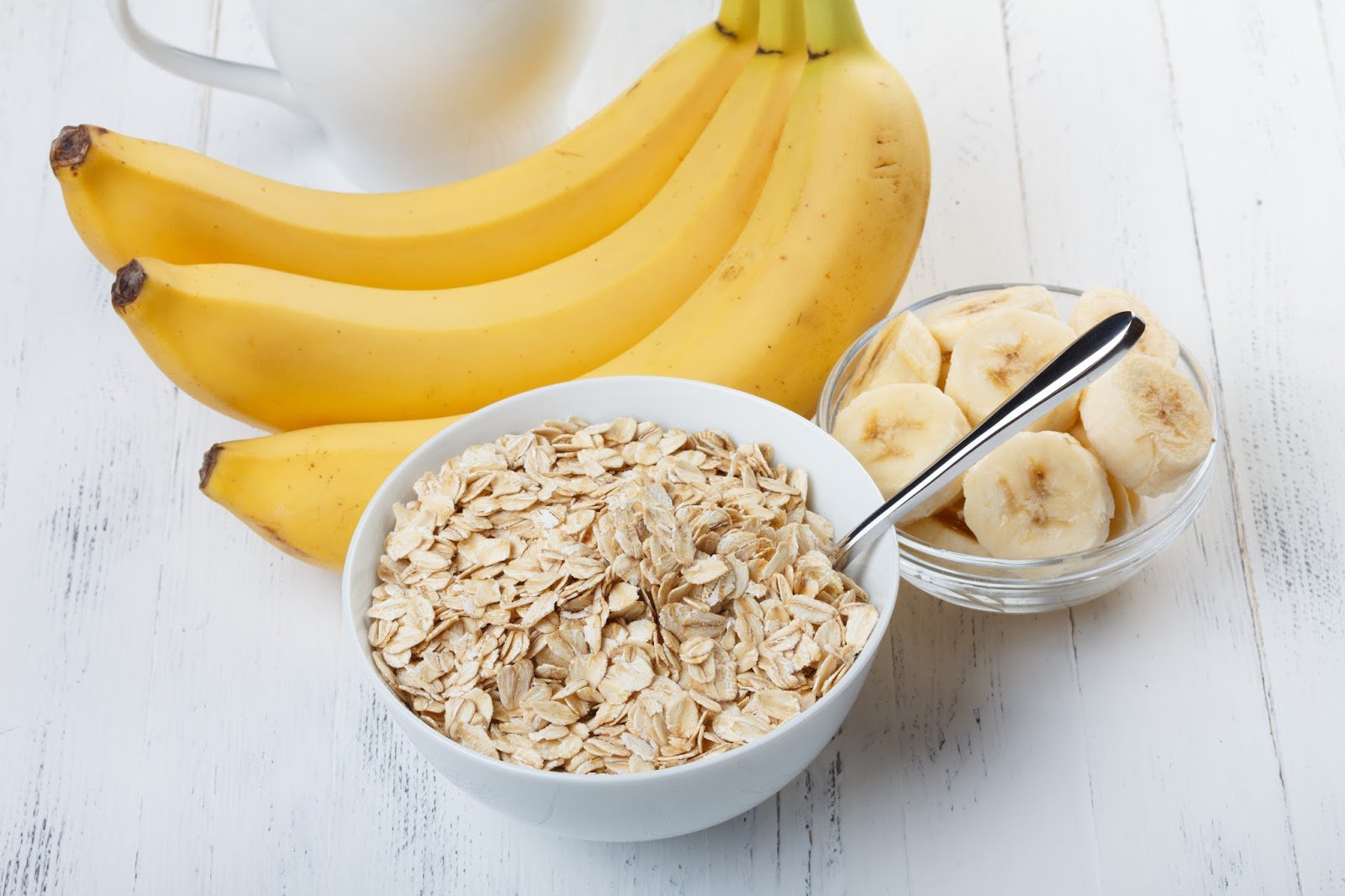
This is part 4 of our series on dietary fibre. This week we’re talking about resistant starch!
What is resistant starch?
As suggested by the name, resistant starch is starch that escapes digestion by the small intestine. There are four types of resistant starch:
What does resistant starch do in the gut?
Resistant starch and other types of fibre move through the gut to the large intestine where they act as food for the gut bacteria. Resistant starch acts as a prebiotic – see previous blog post in this series. Fermentation of resistant starch releases beneficial short chain fatty acids which promote a healthy colon.
Resistant starch is slowly fermented in the large intestine. It differs from FODMAPs due to this slow fermentation rate. FODMAPs are rapidly fermented and result in rapid increases in intestinal gas which, in IBS, can induce symptoms of pain, bloating and discomfort.
Resistant starch is slowly fermented over time. The gradual release of gas does not result in the same degree of gaseous distension and discomfort as with FODMAPs.
What are some good food sources?
Food sources of the different subtypes of resistant starch are listed above, but the following table outlines the amount of resistant starch per serve in foods with a green low FODMAP serve, so that you can seek out high resistant starch foods to include in your diet to improve bowel health.
| Food | Resistant starch content (g) |
|---|---|
| Under-ripe banana, 1 medium | 4.7 |
| Rolled oats, 1/4 cup, uncooked | 4.4 |
| Oats, 1 cup, cooked | 0.5 |
| Lentils, 1/2 cup, cooked | 3.4 |
| Hi-maize resistant starch, 1 tablespoon | 4.5 |
Reference: Murphy MM, Douglass JS, Birkett A. Resistant starch intakes in the United States. J Am Diet Assoc. 2008;108(1):67-78.